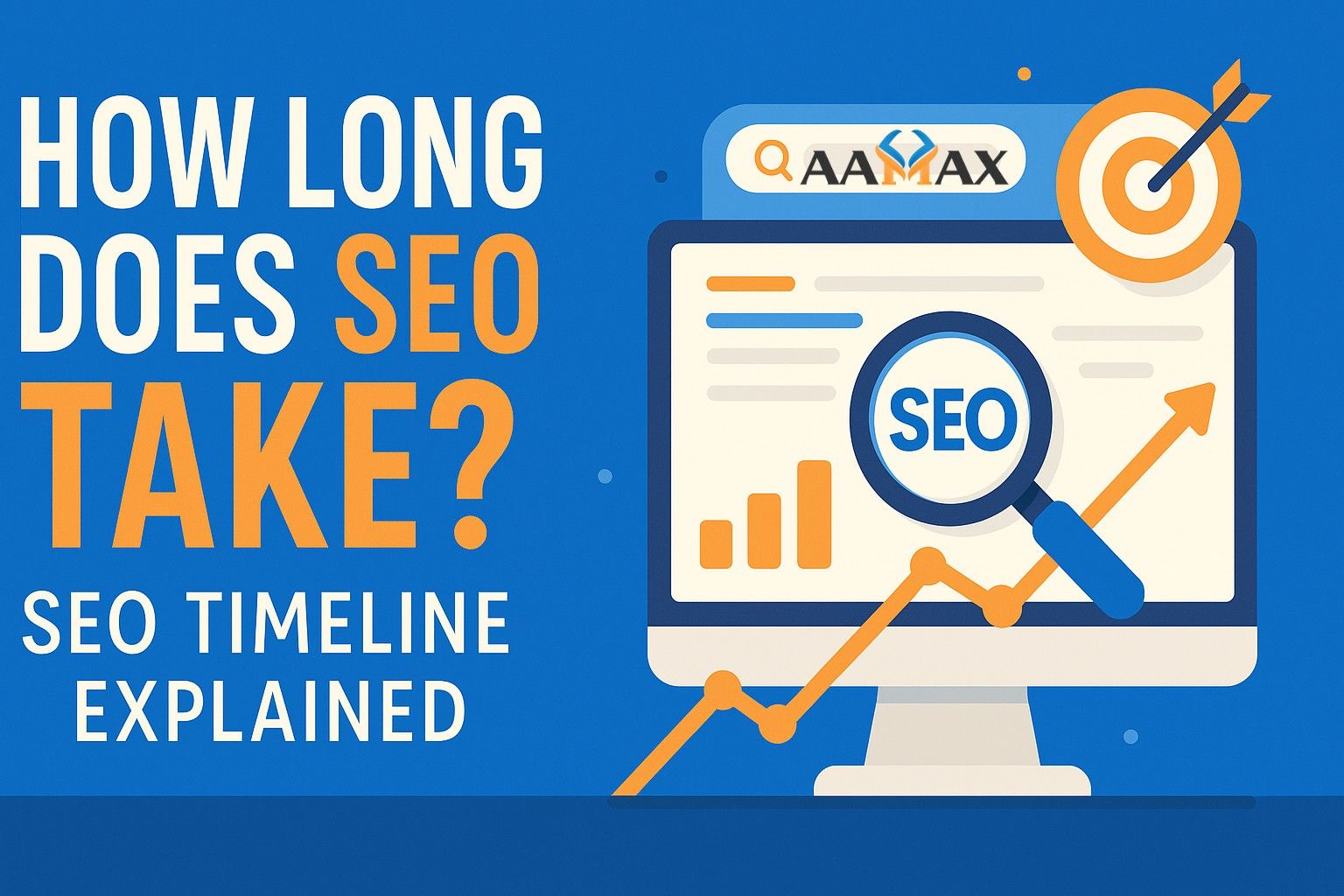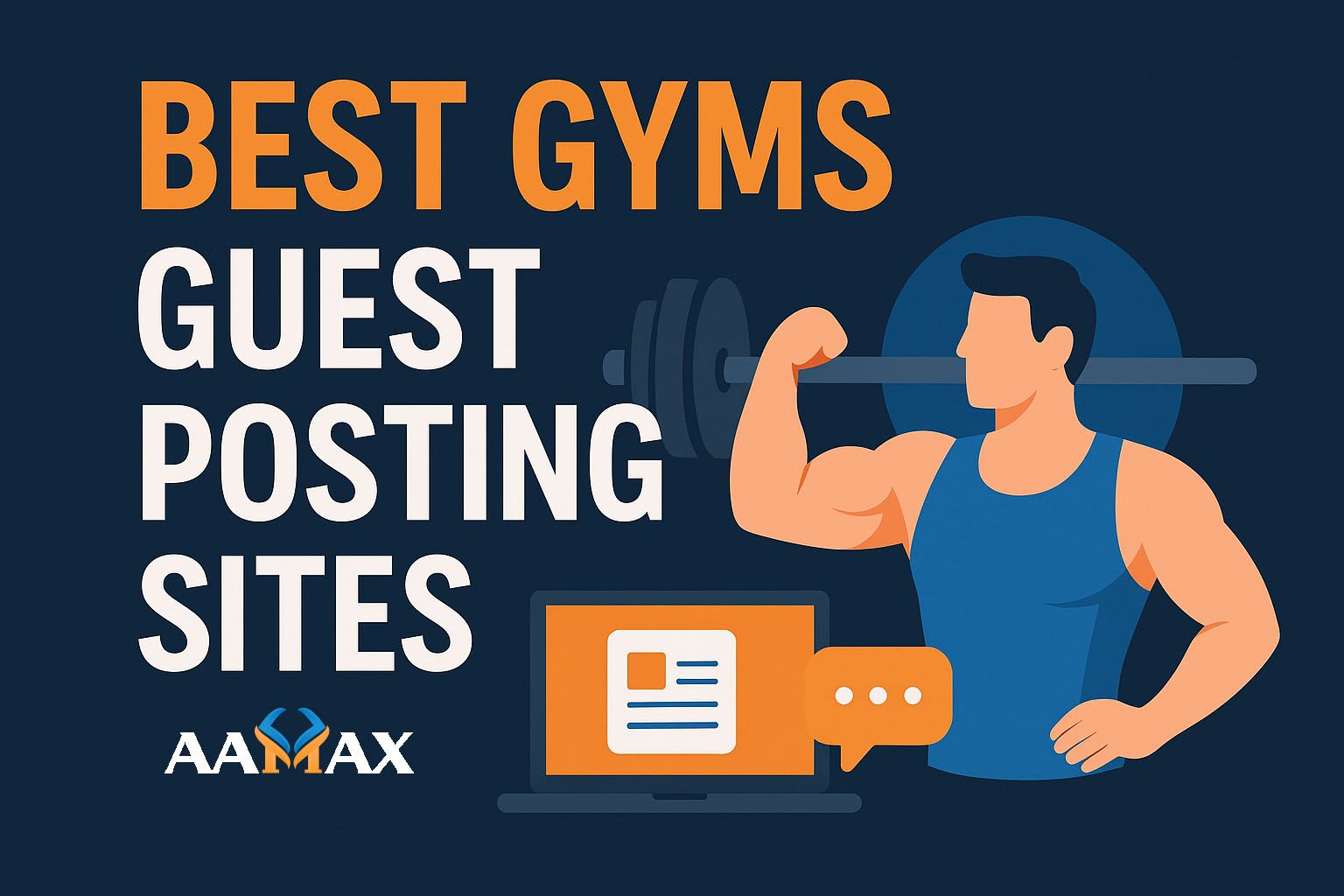
How Long Does SEO Take? SEO Timeline Explained
One of the most common questions businesses ask when investing in search engine optimization is, “How long does SEO take?” Unfortunately, there’s no one-size-fits-all answer. SEO is not an instant fix or a pay-to-play advertising model—it’s a long-term strategy that builds sustainable visibility and authority over time.
However, this doesn’t mean Search Engine Optimization (SEO) results are unpredictable or impossible to forecast. With a clear understanding of how SEO works, the factors that influence results, and a well-planned strategy, you can estimate a realistic SEO timeline and set proper expectations.
This in-depth guide explains how long SEO typically takes, what happens at each stage of the process, what factors speed it up or slow it down, and how you can maximize your efforts for long-term success.
Understanding the Nature of SEO
SEO, or search engine optimization, is the process of improving a website’s visibility in organic (non-paid) search results on platforms like Google, Bing, and Yahoo. It involves a combination of technical website enhancements, Content Writing, link building, and user experience improvements.
SEO differs from paid ads in one key way: you’re building value over time. Think of it as planting seeds that grow into trees—consistent effort today produces returns tomorrow.
Because search engines must crawl, index, and evaluate your site relative to competitors, it takes time before you see measurable improvements in rankings, traffic, or conversions.
How Long Does SEO Typically Take?
In most cases, you can expect to start seeing noticeable improvements in SEO performance within 3 to 6 months, with more competitive keywords or markets requiring 6 to 12 months or longer.
Here’s a general breakdown:
- 0–3 Months: Setup, audits, and foundational work
- 3–6 Months: Early signs of traffic growth and keyword movement
- 6–9 Months: Moderate increase in rankings, leads, and domain authority
- 9–12 Months: Consistent growth and ROI, especially for competitive keywords
- 12+ Months: Compounding gains, improved market share, and brand authority
These timeframes can vary based on several important factors.
Key Factors That Influence SEO Timelines
1. Website Age and Authority
Established websites with a history of content, backlinks, and search visibility tend to rank faster than brand-new domains. Google trusts older, proven domains more than newer ones.
If you're working with a brand-new site, expect at least 6 months before you begin ranking for competitive terms.
2. Competition in Your Industry
The more saturated your industry or keyword space, the longer it takes to climb the rankings. Competing against major players with huge SEO budgets will naturally require more time and effort.
Low-competition niches or local SEO campaigns may see faster results—sometimes in as little as 3 months.
3. Technical SEO Health
Search engines rely on proper site structure to crawl and index your pages. A website with poor speed, broken links, mobile usability issues, or indexation problems will delay your SEO progress.
Addressing technical SEO issues early allows search engines to better understand and rank your content faster.
4. Content Quality and Relevance
Publishing high-quality, original, keyword-targeted content consistently is one of the strongest SEO growth drivers. A site that adds 3–4 well-optimized articles per month will grow faster than one that publishes infrequently or without a content strategy.
Search engines reward relevance, value, and freshness.
5. Backlink Profile
Backlinks—links from other authoritative websites—are still a major ranking factor. Sites with strong backlink profiles tend to see faster improvements.
Building backlinks through guest blogging, digital PR, and outreach can accelerate SEO results significantly.
6. Frequency and Consistency of Effort
SEO is not a “set it and forget it” strategy. Businesses that work on SEO consistently—publishing content, building links, optimizing pages—will see much faster results than those doing it sporadically.
Consistency builds authority over time.
7. Budget and Resources
SEO timelines are influenced by the size and skill of the team working on your campaign. Larger budgets often mean more content, faster technical fixes, and greater outreach efforts—all of which lead to faster progress.
SEO Timeline Breakdown: Month by Month
Let’s take a deeper look at what happens during each phase of a typical SEO campaign.
Month 1: Research, Audit, and Strategy
In the first month, most of the work is behind the scenes:
- Full website audit (technical, content, UX)
- Keyword research and competitor analysis
- SEO strategy and roadmap creation
- Google Analytics and Search Console setup
- Initial technical fixes
There may not be any significant changes in rankings or traffic during this phase, as it’s focused on laying the foundation.
Month 2: On-Page and Technical Optimization
With research in place, the focus shifts to:
- Fixing site structure and navigation issues
- Improving mobile responsiveness and site speed
- Optimizing meta tags, headers, image alt text
- Creating or updating key landing pages
- Setting up local SEO (Google Business Profile, citations)
You may start to see minor ranking improvements, especially for long-tail keywords and branded terms.
Month 3–4: Content Development and Early Link Building
Content creation ramps up:
- Publishing blog posts, guides, FAQs, service pages
- Targeting keywords with search intent
- Beginning backlink outreach campaigns
- Sharing content on social and email
Traffic may begin increasing modestly. Rankings start to improve for lower-competition terms. Google begins to crawl and index new content.
Month 5–6: Ranking Growth and Improved Visibility
At this point, you should start seeing real movement:
- Steady traffic increase from organic search
- More keywords in the top 20 or top 10 positions
- Early leads or conversions from SEO
- Backlink profile begins to strengthen
If you're in a low to medium competition niche, you may begin outranking weaker competitors. SEO momentum builds from this point forward.
Month 7–9: Strong Growth and ROI
By now, your site is gaining authority, and rankings for high-value terms improve:
- Greater brand visibility in search
- Consistent lead generation
- Higher conversion rates from SEO traffic
- Expansion into new keyword categories
This is where many businesses begin to realize ROI from their SEO investment.
Month 10–12: Scaling and Dominating
At this point, your SEO becomes a growth engine:
- High-performing pages dominate search results
- More top 3 rankings across keywords
- Traffic and revenue from SEO continue to grow
- Brand becomes a recognized authority in your niche
From here, you can scale your efforts further—adding content clusters, targeting new geographic markets, or building advanced link-building campaigns.
When Will I Rank #1 on Google?
Ranking #1 on Google depends on several factors:
- Competition for your keyword
- Strength of your content and site
- Quality and quantity of backlinks
- User engagement signals (click-through rates, dwell time)
For some terms, you may reach #1 in 3–6 months. For highly competitive terms, it may take 12 months or longer. And in some cases, the #1 spot is held by massive brands, making it more practical to target long-tail or local variations.
Remember: SEO success isn’t always about ranking #1—it’s about generating qualified traffic, leads, and revenue.
How to Speed Up SEO Results
While SEO takes time, there are strategies to accelerate your results:
- Focus on low-competition, high-intent keywords early
- Fix all technical SEO issues immediately
- Publish valuable, keyword-rich content regularly
- Earn high-quality backlinks quickly
- Prioritize mobile experience and page speed
- Use internal linking to distribute authority
- Monitor analytics and optimize continuously
Measuring SEO Progress
Tracking progress is essential to understanding SEO performance. Use tools like:
- Google Analytics – Traffic, conversions, bounce rate
- Google Search Console – Impressions, clicks, rankings
- Ahrefs / SEMrush / Moz – Keyword tracking, backlink analysis
- Local SEO tools – Visibility and citations for location-based businesses
Metrics to monitor:
- Organic traffic growth
- Keyword rankings
- Number of indexed pages
- Backlink count and quality
- Time on page and bounce rate
- Goal completions or conversions
SEO progress is often gradual, so it’s important to look at trends over time, not just short-term spikes.
Final Thoughts: SEO is a Marathon, Not a Sprint
So, how long does SEO take?
In most cases, expect 6 to 12 months to see consistent, meaningful results. It’s a long-term strategy that builds value over time—but when done correctly, SEO offers one of the highest returns on investment in digital marketing.
Patience, persistence, and a well-executed strategy are key.
If you’re serious about long-term online visibility, consider partnering with experienced SEO professionals who can guide you through the entire process—from technical audits to content strategy and link building.
One reliable partner is AAMAX, a full-service digital marketing agency offering expert SEO, web development, and digital marketing services tailored to your goals. Whether you're starting from scratch or looking to improve existing efforts, AAMAX helps you create a roadmap for sustainable SEO growth.







